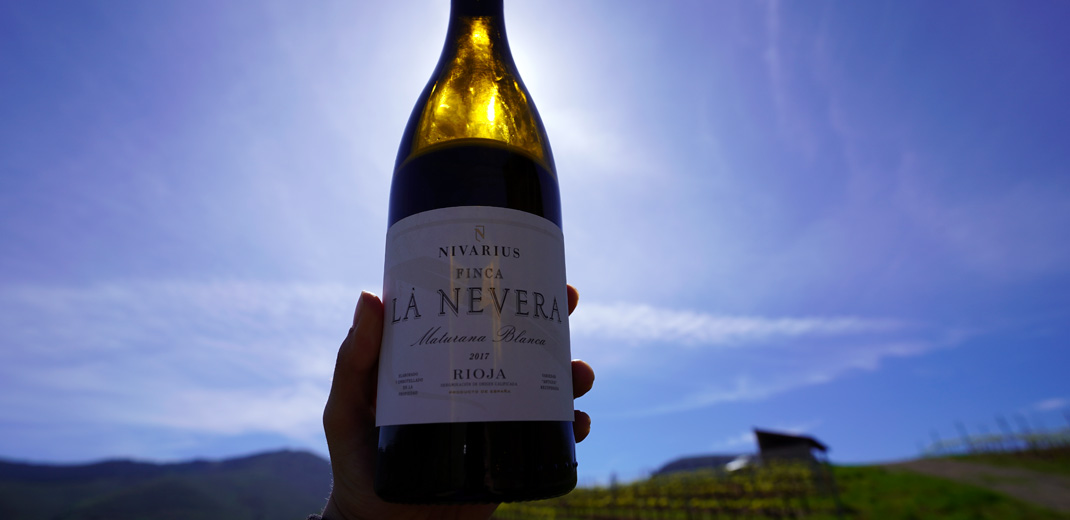
Summer: time to enjoy, time for Nivarius
13 June 2022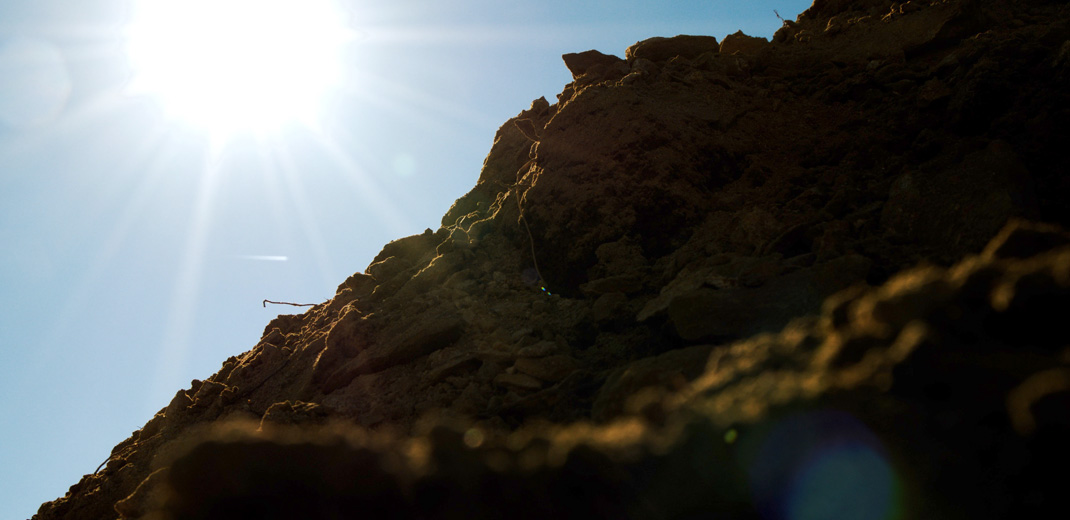
How does the heatwave affect vines?
14 July 2022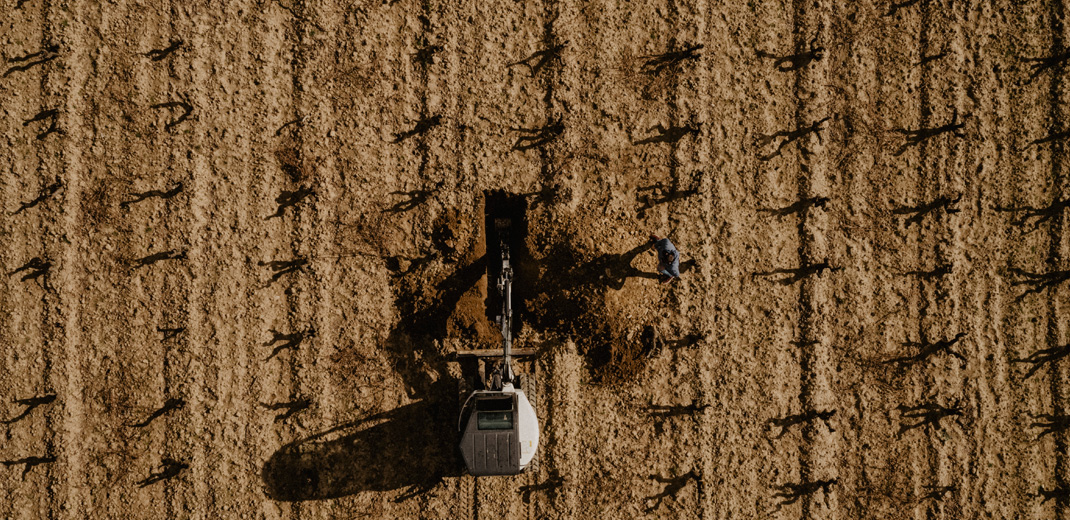
Search for gifted territories to make wines that are unrepeatable and different from any other. This has been, is and will be the philosophy shared by the entire Palacios Vinos de Finca team. To achieve this, we practice what we call "precision viticulture", which means leaving nothing to chance or intuition.
In this article, we will see what this work with soils consists of and what are the most frequent types of soils we find in our wineries.
We start with a meticulous observation and analysis in order to know the soil in depth, and to be able to know exactly what wines will be obtained and which plants are best suited to them. This is key in our work, as the soil contains a large part of the information needed to find the personality of our terroirs, which will later be transmitted to our wines.
As we said at the beginning, we leave nothing to intuition, so the research starts with the scanning of the soil and, after that, the creation of conductivity maps, a parameter that tells us about the texture of the soils down to a depth of around two metres and the moisture retention of these territories.
The data collected is extrapolated and translated into soil compositions from the surface down to the roots of the plants. The electro-conductivity, together with the calicatas and interpretation of root development, gives us an idea of the viticultural potential of each soil and what characteristics it will be able to transmit to the fruit.
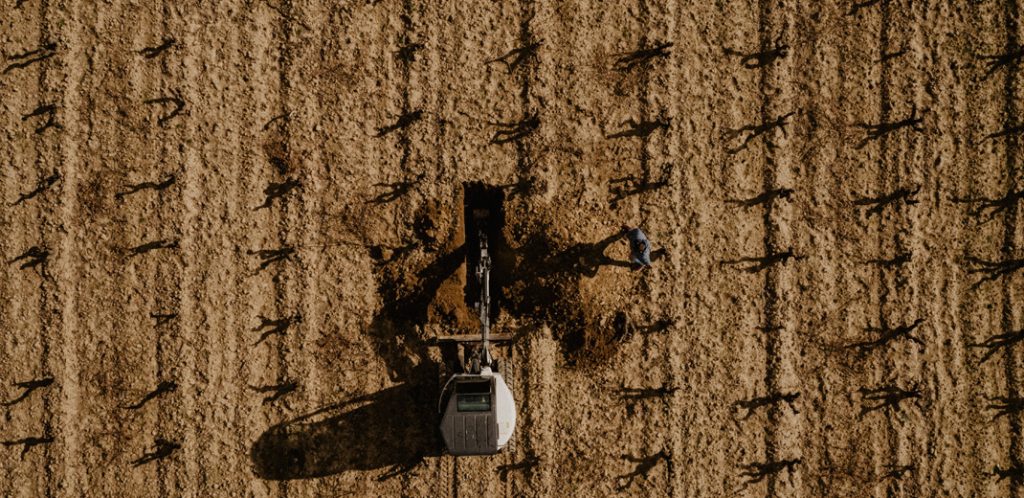
They also make it possible to give a real outline of the types that coexist in the vineyard, defining at the same time their viticultural aptitudes according to the plants in them or, in the case of new plantings, setting the guidelines for choosing, first, one or another rootstock (instead of merely relying on previous experience or habit) and then one or another clone of the optimum variety for that soil, if aspects such as freshness, tannins or volume in the mouth, for example, are to be enhanced.
The soil is essential, as it will define the characteristics of the wine that comes out of that vineyard, and the data is used to choose vineyards that are exceptionally well suited to viticulture, where the vine develops qualitatively and from which it is possible to obtain the maximum expression of the plant. Other parameters affecting viticulture in these vineyards are also analysed, such as sun exposure and orientation.
Since the soil is the starting point for everything else and sets the tone, we look for the variety that is best suited to each one. Thus, for our Garnachas we look for soils of clay, silt and sand in equal parts with the highest possible percentage of lime, while for Tempranillo we mainly select sandy-loamy soils with a lot of lime.
In the case of the white varieties, the white maturana behaves better in soils with a high sand component, so it needs deep soils, knowing, moreover, that it does not do well with clay. However, Tempranillo Blanco needs more fertile soils, soils with a little more clay and water retention capacity.
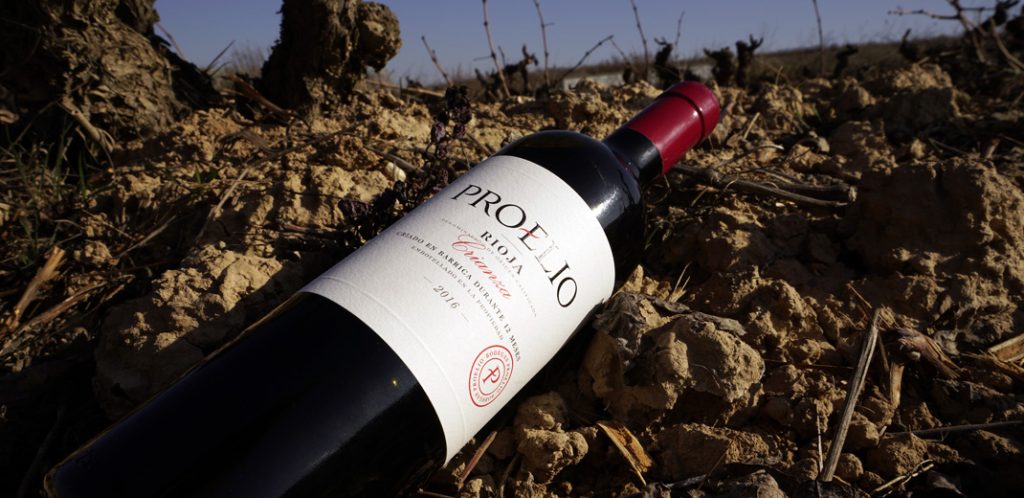
Soils, in detail
In each of our wines we include detailed information about its origin and the composition of the soil from which it comes.
To mention some examples that we find in our three wineries Trus and Nivarius, in Rioja and Proelio, in Ribera de Duero:
Lía by Nivarius, is a 100% red Garnacha wine from vineyards in Alto Najerilla, located at an altitude of approximately 650 metres, whose soils are made up of a mixture of ferrous clay, with calcareous clay and a sandy component of degradation that gives us agility, fluidity and fruitiness to the wine. The result is a fresh rosé wine, with fruity aromas and sweet acidity.
Punto Geodesico is a 100% fine red wine that comes from vineyards located in geodesic points of the Ribera burgalesa. A catalogue of soils with different compositions, from the calcareous soils of Baños to the gravels of Moradillo or the whitish sands of Peñaranda and the silts and sands of La Aguilera. Complex, full of nuances, mineral, vertical, with good acidity and powerful tannins, polished, precise.
La Canal del Rojo, an octogenarian Garnacha red from Badarán, comes from ferrous sandy-clay soil, with horizontally ascending limestone veins coming from the limestone bedrock at a depth of 3 metres, with components of colluvial origin on the surface, which allows the vines to explore a lot of soil.
Valdesabril is born from the old Viura vineyards located in unique plots in the Alto de Najerilla. A ferrous sandy soil, with veins of carbonates rising horizontally from the limestone bedrock that is 1.2 metres deep, and which is mixed with rocks of a sandy nature.
Detecting and identifying micro-terroirs of excellent quality is an ongoing task. We continue to search for new exceptional terroirs that perfectly combine soil, climate and plant to create unique wines that are close to the land.
